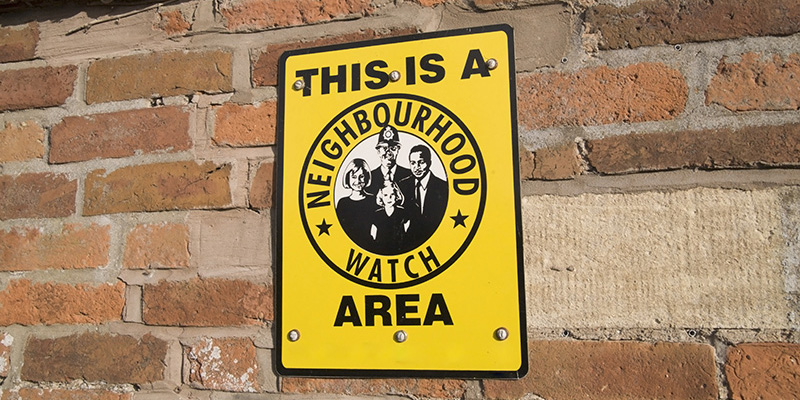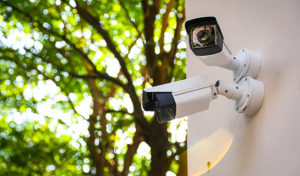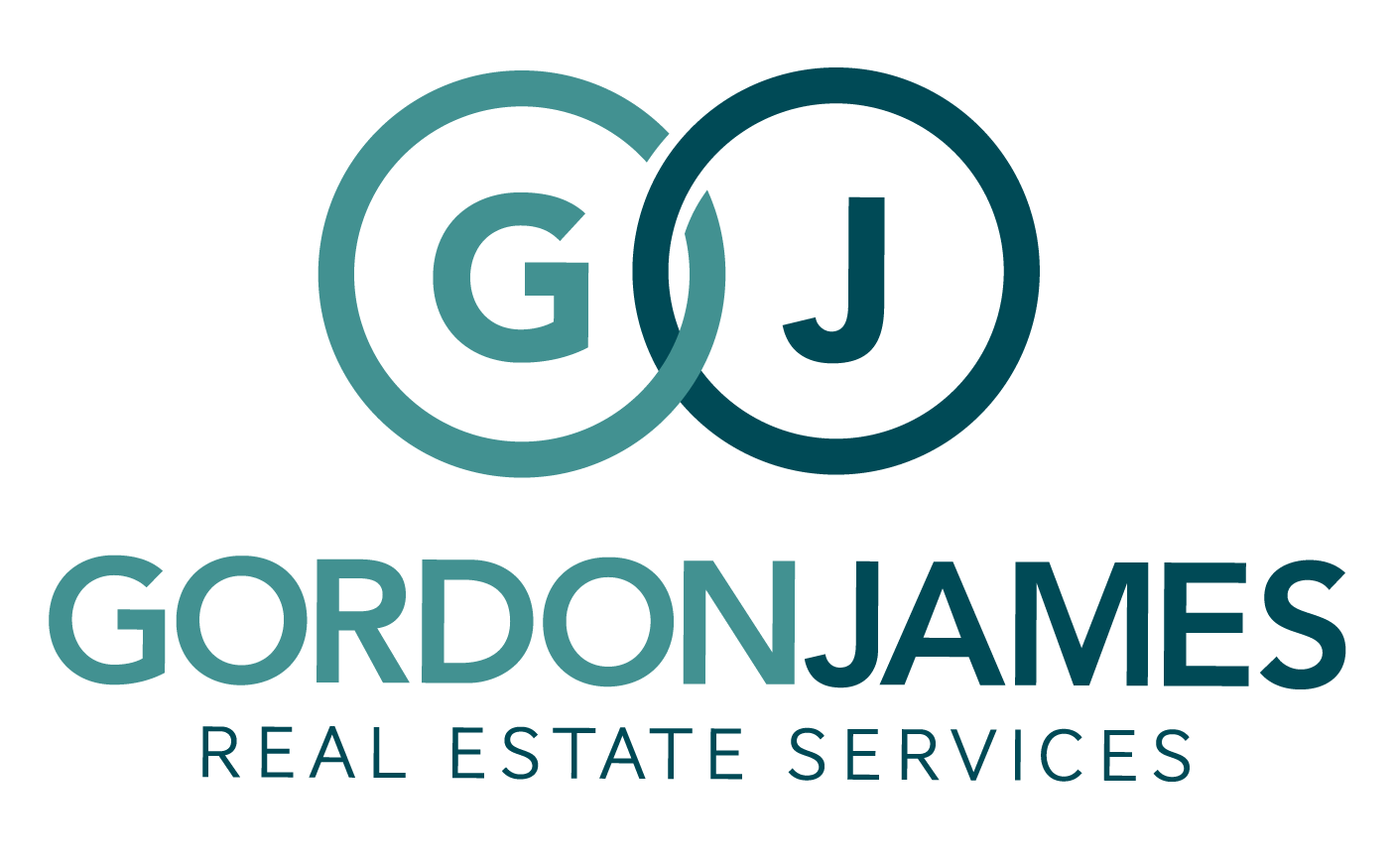Will An HOA Neighborhood Watch Benefit Your Community?

One of the most important things potential homeowners consider prior to choosing a new home is the level of safety. In a homeowners association, one way to make residents feel safer is to start an HOA neighborhood watch.
Browse By Category
Sign up for Our Newsletter
One of the most important things potential homeowners consider prior to choosing a new home is the level of safety. In a homeowners association, one way to make residents feel safer is to start an HOA neighborhood watch.
The Benefits of an HOA Neighborhood Watch Program
What is a neighborhood watch? Simply put, a neighborhood watch is a program wherein ordinary civilians group together to prevent crime in the community. More specifically, what does the neighborhood watch do? These civilians patrol the neighborhood and report crime when they see it.
Neighborhood watch members are by no means akin to law enforcement officers. On the contrary, when faced with actual crime, watch members should call the police for assistance instead of taking the matter into their own hands.
You might think, “Then what is the point of forming a neighborhood watch in the first place?” An HOA neighborhood watch offers many benefits.
For one thing, neighborhood watch programs allow residents to feel safer, especially at night when watch members do most of their patrolling. If you have ever worried that an intruder might enter your home at any time, knowing a few extra pairs of eyes and ears are watching over the neighborhood can help you feel less anxious.
Apart from feeling safe, though, the presence of an HOA neighborhood watch can actually contribute to the safety of the community. While studies have made different conclusions, most experts agree that a neighborhood watch can help deter crime. One study has even found that such programs can reduce crime by as much as 16 percent.
If nothing else, neighborhood watch programs help bring the community together. Because these programs encourage the participation of residents, they facilitate camaraderie and promote teamwork.
How to Set Up a Neighborhood Watch Program
As with many programs, a neighborhood watch is not something that forms itself. Setting up a neighborhood watch does take time and effort. But, if you really commit yourself to the process and put in the work, you will find the results to be worth it. Follow the steps below to learn how to start a neighborhood watch program:
1. Assembly and Approval
 “How do I start a neighborhood watch in my area?” This is the first question most people ask when a neighborhood watch is nothing yet but an idea.
“How do I start a neighborhood watch in my area?” This is the first question most people ask when a neighborhood watch is nothing yet but an idea.
As with many programs, the process naturally begins with organizing. Before anything else, you must ask for the HOA board’s approval on the matter before proceeding. After that, you can begin contacting fellow residents and letting them know of your intention to start an HOA neighborhood watch.
Send out invitations to join the neighborhood watch to all residents. The best way to make sure these invites reach them is to have your initial members hand-deliver them door-to-door.
This is also a good time to construct your neighborhood watch website. From this website, both watch members and homeowners can get updates on the status of safety within the community. You can also post meeting notices here.
2. Assigning Roles
Your HOA neighborhood watch should have community watch leaders in place to conduct patrols within a specified amount of time and in rotation. These leaders are responsible for ensuring that watch members follow and fulfill their neighborhood watch rules and duties.
The role of a watch leader is a big one, so you need to make sure the person you assign to this position is trustworthy. Consider running a background check on these leaders. This way, you can verify whether they have a clean record and a history of good character.
Apart from watch or block leaders, other roles to assign include
- Law enforcement liaison (discussed below)
- Neighborhood watch coordinator
- Watch members
3. Partner With Law Enforcement
Every HOA neighborhood watch program requires a law enforcement liaison. This liaison can help the community set goals for the community as well as create and execute action plans. The law enforcement liaison can also be invited to speak at meetings to give members pointers on how to deal with different scenarios.
To obtain a liaison, reach out to your local police department or sheriff’s office. Let them know what you are trying to do and ask to schedule a meeting with them. You should also ask them to attend your watch meetings if they can.
4. Draw Up a Neighborhood Map
A neighborhood map will help watch members navigate the community. You can also use this map to assign specific blocks to watch groups.
A community plat is typically made upon the development of the homeowners association. You can request a copy of this plat through the HOA board. This plat should consist of other details as well, such as street numbers, names, and contact information.
5. Hold the First Meeting
The first watch meeting is when you should develop an action plan. To do this, talk about the different safety issues in your community. You can use references such as police reports and newspaper clippings. From these facts, you can create an action plan designed to address the top safety concerns. This is also when you should develop your watch rules.
Make sure to dedicate a portion of the meeting to the law enforcement liaison. This is when your liaison can orient you on various matters, such as preparing yourself for patrols, identifying suspicious activity, and determining when to call the police. Encourage watch members to ask as many relevant questions as they like.
6. Choose Your Communication Tools
 Watch members should be able to stay in contact with one another while on-duty (and even off-duty). You can use walkie-talkies or two-way radios while on the job. Alternatively, you can also use smartphones.
Watch members should be able to stay in contact with one another while on-duty (and even off-duty). You can use walkie-talkies or two-way radios while on the job. Alternatively, you can also use smartphones.
It is also a good idea to set up a website or social media page for your neighborhood watch. Through these mediums, you can discuss issues and give out updates.
Additionally, you should hold regular meetings to keep everyone up-to-date and retain interest. It is best to schedule these meetings ahead of time or following a fixed date (i.e. every other Saturday). In doing so, you can ensure more attendees.
To maintain order, your watch meetings should follow a specific format as well. It should follow an agenda and be recorded in the form of minutes. You can later distribute or post these minutes on social media or on your website.
7. Start Patrolling
Now, the real job begins. After following steps one through six, you can begin patrolling the community.
Some neighborhood watch programs only thrive during the first few months and eventually fizzle out. To avoid losing interest, consider organizing events such as outings and barbecues. This way, you can keep up the momentum and retain interest.
What Is the HOA’s Role in This?
Although HOA neighborhood watch programs generally require approval from the board, it is important to recognize that the HOA is a separate entity altogether. It is within the association’s best interest not to utilize its resources for or combine itself with the neighborhood watch.
Though, there are some benefits — mostly for the neighborhood watch — of combining the two. Financing is an obvious one. If the neighborhood watch were to be an official group under the HOA, then it can gain access to the community budget.
Another benefit is faster recruitment. Thanks to the HOA’s wide range of communication tools and broad reach, recruitment will become a breeze.
On the other hand, the HOA also faces potential liability if it chooses to unite with the neighborhood watch. The HOA and the neighborhood watch do not have the same goals. Even though safety is important, the HOA’s primary purpose is to preserve property values within the community.
There is also the case of Trayvon Martin and George Zimmerman in Sanford, Florida. Neighborhood watch coordinator Zimmerman fatally shot Martin in February 2012, leading to a widely publicized trial.
Because the HOA, the Retreat at Twin Lakes, expressly directed residents to report suspicious activity to Zimmerman, it found itself in legal trouble. Martin’s family sued the HOA for wrongful death and eventually reached a settlement with the association.
How Can the HOA Avoid Potential Liability?
To protect itself from liability, the HOA should clearly define a line between itself and the neighborhood watch. The program should not become a committee of the HOA board. It should remain independent, with the HOA removing itself from any selection or appointment process. The HOA must also not control the watch using any means.
In other words, no official relationship should exist between the two entities, even if the HOA permits the establishment of the program. The HOA must make this clear through all printed or published materials it distributes to the community. The neighborhood watch should also follow suit.
Furthermore, members of the neighborhood watch must not wear uniforms or carry badges, as these items give the impression of HOA authorization. The neighborhood watch should always seek guidance and help from local law enforcement.
Other Ways to Promote Safety in the Community
 While not necessarily the main purpose of a homeowners association, safety and security are integral to resident satisfaction. The risk of intruders exists, but you might also encounter an instance where a stranger becomes injured due to mistaken identity. Apart from forming an HOA neighborhood watch, here are other ways the HOA can promote safety within the community:
While not necessarily the main purpose of a homeowners association, safety and security are integral to resident satisfaction. The risk of intruders exists, but you might also encounter an instance where a stranger becomes injured due to mistaken identity. Apart from forming an HOA neighborhood watch, here are other ways the HOA can promote safety within the community:
- Provide homeowners with a “safety guide” containing emergency contacts and hotlines as well as maps to the closest medical or emergency services.
- Provide homeowners with regular safety and security tips through seminars, newsletters, and the like.
- Come up with a seasonal safety plan and an emergency response plan consisting of all security procedures to be followed as well as evacuation routes.
- Post safety guidelines at community amenities and common areas.
- Install security cameras within the community.
- Partner with local law enforcement.
Get a Good Start
As you can see, creating an HOA neighborhood watch poses many advantages. These programs help deter crime, allow residents to feel safer, and promote a sense of community as well. If you want to start one, make sure to follow all the proper procedures and liaise with local law enforcement. Establishing a neighborhood watch program on the right foot will help bring about future success.
Is your association looking for an HOA management company to help with day-to-day operations? Look for the best one in your area today using our detailed online directory.
RELATED ARTICLES:
- HOA Summer Safety: Protecting Homeowners, Kids, Pets, and Employees
- Keeping The Neighborhood Safe For Aging Residents In An HOA Community
- HOA Social Committee Ideas For Your Community
Trending Now
Related Article
Sign up for Our Monthly Newsletter
Sign up below for monthly updates on all HOA Resource

















